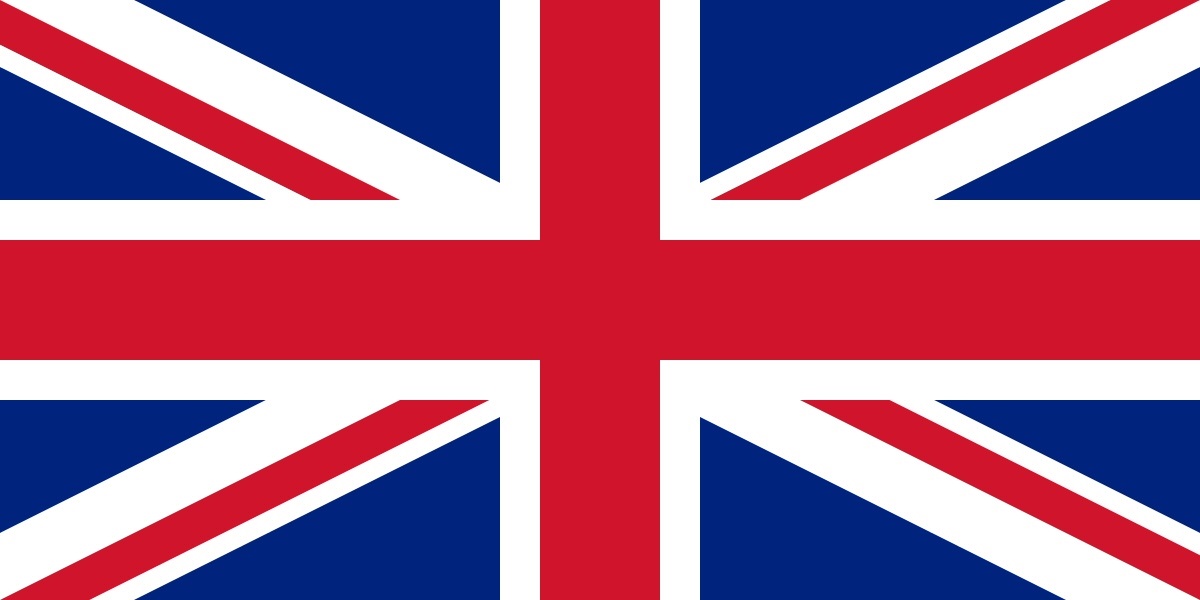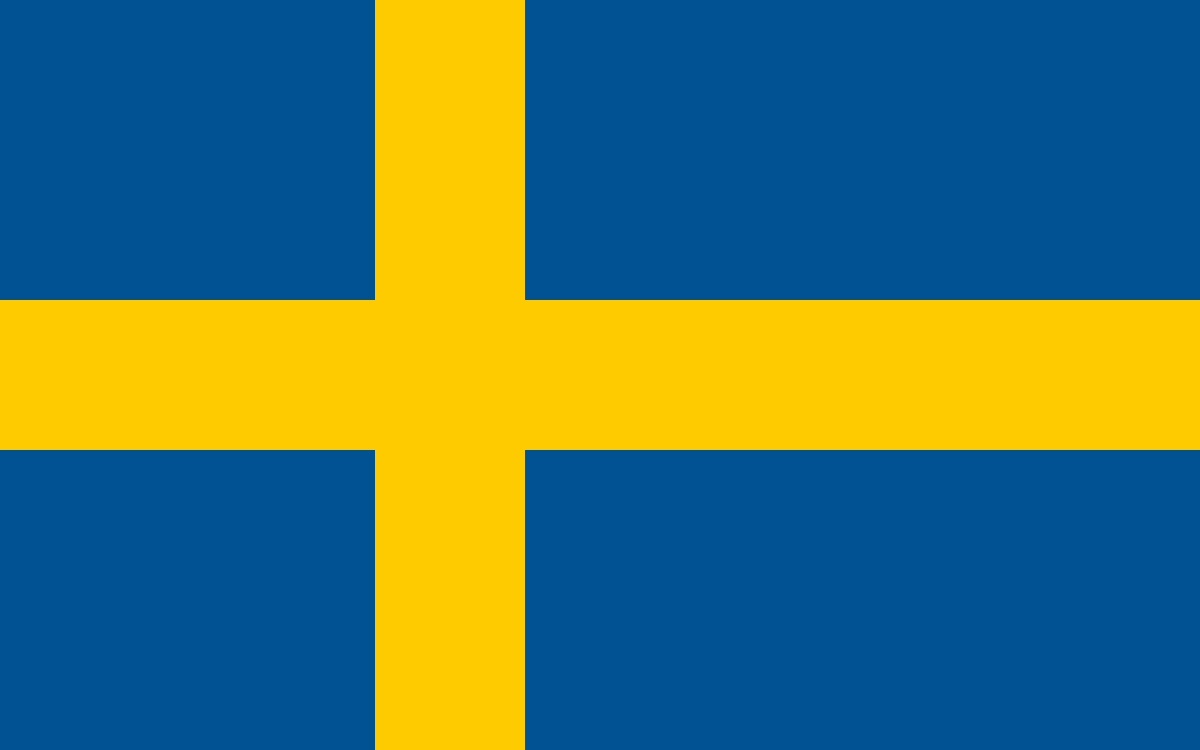The Electromagnetic Compatibility Directive 2014/30/EU – A guide for manufacturers and importers that sell and market electrical products on the EU market.
This article is meant to be a summary of the Electromagnetic Compatibility Directive (EMCD) and the requirements that must be met before CE marking most electric products. Reading this article should give you a good grasp of the general procedure that is required for many electrical products within the EU. It is not meant to be a complete guide, but should be a good starting point and reference for anyone in the early stages of product compliance. We hope that it can answer such questions as:
- Do I need to CE mark my product?
- Does the Electromagnetic Compatibility Directive apply to my products?
- What is required of me before I can CE mark my product?
- What are my responsibilities as a manufacturer, importer or private labeller?
What is the Electromagnetic Compatibility Directive?
Directive 2014/30/EU, most commonly referred to as the Electromagnetic Compatibility Directive (EMCD), is one of the key directives that apply to many electrical products on the EU market. The EMCD ensures an adequate level of electromagnetic compatibility between devices which enables them to function without interferance. The compatibility refers to products being sufficiently immune to electromagnetic disturbance and emitting sufficiently low levels of electromagnetic disturbance.
By key directives, we mean those directives that create the baseline requirements for most consumer electronics. The other two key directives are:
The Low Voltage Directive (2014/35/EU)
The LVD applies to electrical and electronic equipment within certain voltage ranges. It requires products to have a high level of protection for health and safety of persons, animals and property in regards to electrical hazards. Click the link to read more.
The Radio Equipment Directive (2014/53/EU)
The RED applies to products that emit or receive radio communication. It includes the requirements set out in the LVD and EMCD, but adds requirements regarding the frequencies and power that are used for the communication. Click the link to read more.
Scope of the EMCD
The EMCD applies to any equipment which is marketed as a functional unit meant for end-users, is liable to generate electromagnetic disturbance, and has performance that could be affected by electromagnetic disturbance. This is a wide scope which includes most electrical equipment. But among the exclusion from the directive, there is an exception for equipment that inherently is incapable of emitting disallowed levels of disturbances and which can operate without degradation in the presence of disturbances. This means that certain equipment such as cables, batteries and generally equipment without active components can be excluded.
The other exclusions are:
- Radio equipment
- Aviation equipment under EU 2018/1139
- Custom research kits
CE marking
All products within the scope of the EMCD need to be CE marked. This ensures that the products within the scope can be freely traded across the EU and EEA, as member states cannot enforce their own stricter requirements for the essential requirements of the directive.
Essential requirements for electrical equipment
The core of the EMCD is, as with many CE directives, a list of essential requirements. The requirements listed in Annex I of the EMCD require that equipment be designed and manufactured in a manner that ensures that:
- Electromagnetic disturbances generated do not exceed levels that would disrupt other equipment.
- The equipment is sufficiently immune to expected disturbances.
The nature of electromagnetism means that these requirements apply to both transmitted and radiated disturbances.
Process for compliance
The EMCD only allows for two different processes to show compliance, “Internal production control” as described in Annex II and “EU-type examination” as described in Annex III.
Internal production control – Module A
This is the primary “module” for conformity assessment across the whole CE system, which does not require any involvement of a notified body. Internal production control requires the manufacturer to do three things:
- Establish technical documentation that proves compliance with the directive.
- Take measures in the manufacturing to ensure compliant products.
- CE mark the product and draw up an EU Declaration of Conformity.
EU-type examination – Module B+C
This process requires the involvement of a notified body that reviews the technical documentation and issues a certificate showing that the product design is compliant. Under the EMCD, this option is entirely voluntary. The steps for this process are:
- Establish technical documentation that proves compliance with the directive.
- Submit the documentation to a notified body for approval and an EU-type examination certificate.
- Take measures in the manufacturing to ensure that products conform to the EU-type examination certificate.
- CE mark the product and draw up an EU Declaration of Conformity.
Harmonised standards
To show compliance with the EMCD, the use of harmonised standards should be considered essential. There are many standards for very specific equipment, primarily for infrastructure uses. For most consumer electronics there are fewer standards to keep track of.
There are sets of emission and immunity standards used, and which set is used depends on the equipment and the environment it is meant for. For equipment connected directly to the low voltage grid, there are additional standards concerning flicker and harmonic disturbances in the grid.
Obligation of economic actors
The EMCD specifies four different economic operators: manufacturers, authorised representatives, importers and distributors. As with most product legislation, the responsibility for the product’s conformity lies with the manufacturer, while the importer and distributor must verify that the manufacturer has performed the required obligations.
Manufacturers
| Manufacturer means any natural or legal person who manufactures electrical equipment or has electrical equipment designed or manufactured, and markets that equipment under his name or trademark. |
The manufacturer is responsible for ensuring the product’s compliance with the directive and drawing up all required technical documentation. Their obligations include:
- Ensuring the compliance of the product design and manufacturing
- Drawing up technical documentation, including a DoC
- Keeping the DoC for 10 years after the product is put on the market
- Identifying themselves and their postal address on the product
- Supplying product with instructions (in correct languages)
- Taking corrective measures when a product is suspected to not be in conformity
Authorised representative
| Authorised representative means any natural or legal person established within the Union who has received a written mandate from a manufacturer to act on his behalf in relation to specified tasks. |
A manufacturer can mandate an authorised representative (AR) to perform certain tasks. The tasks an AR can be mandated for do not include ensuring the compliance of the product or drawing up the technical documentation. The main use of an AR is as a point of contact with authorities which is something that non-EU manufacturers need. Read more about ARs and the requirements for non-EU manufacturers in our article about regulation 2019/1020.
The mandate must include the tasks:
- Keeping the DoC for 10 years after the product is put on the market
- Supplying technical documentation to authorities, if requested
- Cooperating with authorities to eliminate risks posed by the product, if requested
Importers
| Importer means any natural or legal person established within the Union who places electrical equipment from a third country on the Union market. |
Economic operators that place products from outside the EU on the internal market are considered importers. As the manufacturers for these products are outside the EU, the importer is obligated to verify the conformity of the products before putting it on the market. Since importers are the operator first placing the product on the market, they hold the legal responsibility for the product. Their obligations include:
- Ensuring that the manufacturer has drawn up compliant technical documentation
- Ensuring that the products is accompanied by the correct information and labels (in correct languages)
- Including their contact details on the labelling of the product, if no AR is labelled
- Ensuring that the compliance of the product is not altered while in their care
- Keeping the DoC for 10 years after the product is put on the market, if no AR is labelled
- Taking corrective measures when a product is suspected not to be in conformity
Distributor
| Distributor means any natural or legal person in the supply chain, other than the manufacturer or the importer, who makes electrical equipment available on the market. |
Economic operators that place products on the market, but do not fall under manufacturer or importer, are considered as distributors. Since distributors are never the first operator in the EU to place the products on the market, their obligations are smaller in scope. Their obligations include:
- Verifying that products are CE marked
- Verifying that products are supplied with the correct information (in correct languages)
- Verifying the correct labelling of the products
- Ensuring that the compliance of the products is not altered while in their care
- Take corrective measures when a product is suspected not to be in conformity




